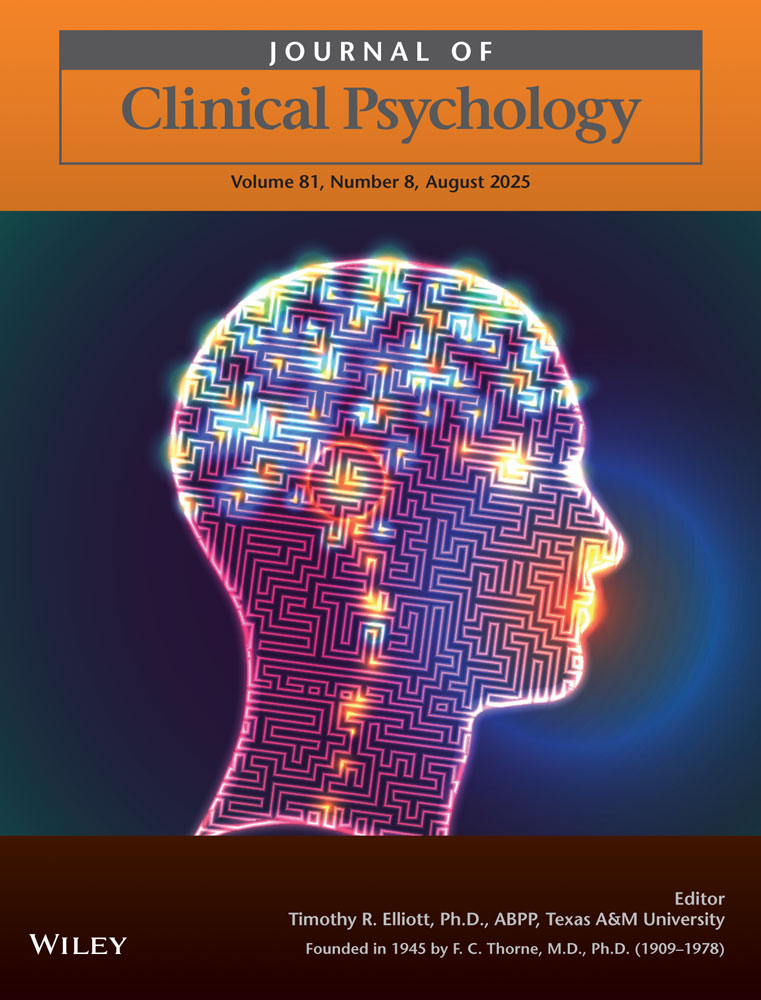Targeting emotion dysregulation in the treatment of self-injury
Abstract
Clinically useful definitions of emotion regulation with respect to deliberate self-harm (referred to here as self-injury) focus on adaptive ways of responding to emotional distress rather than on the control of emotions or dampening of emotional arousal. According to one such definition, emotion regulation is a multifaceted construct involving a) the awareness, understanding, and acceptance of emotions; b) ability to engage in goal-directed behaviors, and inhibit impulsive behaviors, when experiencing negative emotions; c) the flexible use of situationally appropriate strategies to modulate the intensity and/or duration of emotional responses rather than to eliminate emotions entirely; and d) willingness to experience negative emotions as part of pursuing meaningful activities in life (Gratz & Roemer, 2004). This article addresses the role of emotion dysregulation in self-injury and discusses two treatments for self-injury that explicitly focus on increasing emotion regulation. These treatments are based on the premise that the reduction of emotion dysregulation will decrease the need for maladaptive behaviors that function to regulate emotions, such as self-injury. A case illustration describing how one of these treatments (an acceptance-based, emotion regulation group therapy) is used to treat self-injury is provided. © 2007 Wiley Periodicals, Inc. J Clin Psychol: In Session 63: 1091–1103, 2007.




